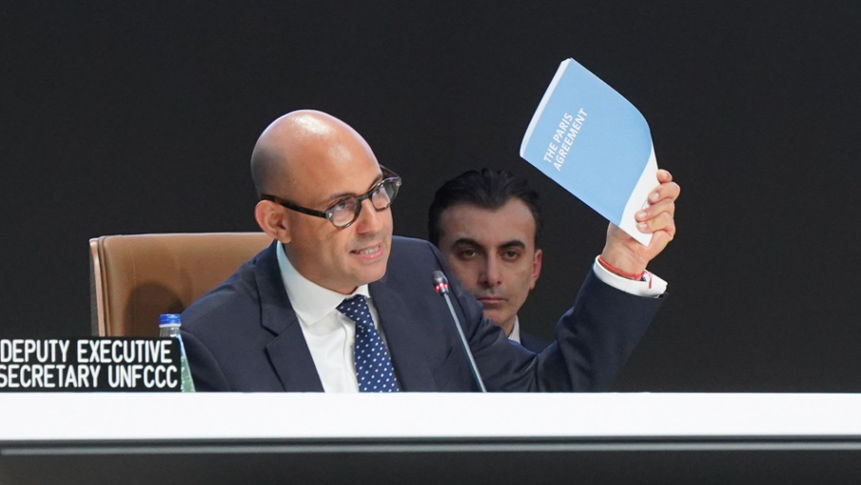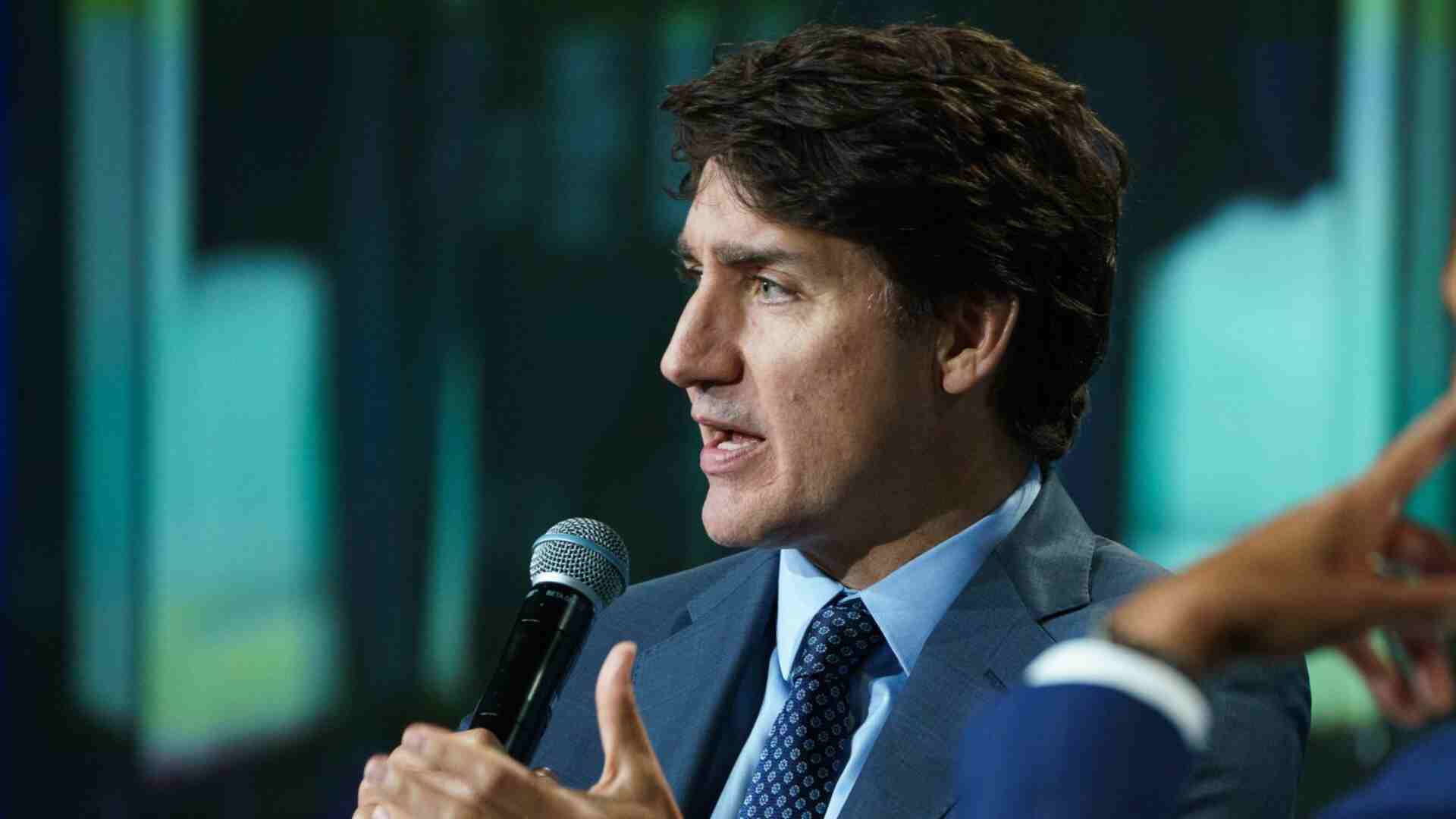
“India’s bilateral investment treaty (BIT) programme is part of a larger trade and investment agenda of the Indian government to boost investor confidence and increase investment flows into and out of the country.”, notes the Law Commission of India, in its 260th Report. However, India’s experience with BITs, since it signed the first one in 1994, has been uneasy, to say the least. The recent decision of an arbitral tribunal in favour of Vodafone holding the Government of India liable to compensate the telecom giant with an amount in excess of four million pounds, has once again brought to fore India’s rather uncomfortable tryst with BITs and Investment Treaty Arbitrations (ITA) regime.
According to the information available on the website of Department of Economic Affairs, Government of India and the United Nations Conference for Trade and Development’s (UNCTAD) Investment Policy Hub, India has signed about 86 BITs along with 14 Treaties with Investment Provisions (TIP). Starting from 2010, India has faced a number of claims pursuant to these BITs with the currently known tally being twenty-five pending disputes. Thus, with an intent to address the rise in claims against the government’s regulatory measures and to reform the dispute mechanism, in 2016, a new model BIT was unveiled by the Government of India. Alongside, India unilaterally terminated its BITs with fifty-seven countries. In 2017, the government of India also set up a High-Level Committee to Review Institutionalisation of Arbitration Mechanism in India, which also mandated to look into the role of arbitrations in matters involving the Union of India, including ITAs and suggest suitable measures for reform.
The need for reforming the ITAs or the system of Investor-State Dispute Settlement (ISDS) is not unique to India. Many developing countries have time and again raised concerns against ISDS and opposed this mechanism, which permits corporations to drag governments into arbitration claiming large sums of money in compensation. Even the European Union and European nations individually are opposed to ISDS in its present form and have proposed reforms including establishing a Multilateral Investment Court.
REFORM PROCESS AT UNCITRAL
To address these concerns the United Nations Commission on International Trade Law (UNCITRAL), in 2017, mandated its Working Group III (WG III) (a) to identify and consider concerns regarding ISDS; (b) to consider whether reform is desirable in light of any identified concerns; and (c) if the Working Group were to conclude that reform was desirable, to develop any relevant solutions to be recommended to the Commission.
Since 2017, states, international organizations, think tanks and interest groups have been convening bi-annually to work towards reforming the extant ISDS. WG III is the first such approach to reforming the mechanism of dispute resolution that has exploded in a very short span of time, without any set rules or framework to contain it. Broadly, four concerns have been identified by the WG III, viz. concerns pertaining to consistency, coherence, predictability and correctness of arbitral decision of ISDS tribunals; concerns pertaining to arbitrators and decision makers; concerns pertaining to cost and duration of ISDS cases, and other concerns.
In terms of solutions, all participants, including governments have made their submissions to the WGIII and some common suggestions have emerged including development of appellate system, prior scrutiny of award, multilateral instruments on ISDS reforms, Multi-lateral Investment Court (MIC), dispute prevention mechanisms etc. Interestingly, some of these suggestions are the same as the reform measures proposed by the High-Powered Committee set up by the Government of India.
INDIA AND THE REFORM PROCESS
India has consistently opposed the extant mechanism and some of the reform measures proposed thus far. Simultaneously, India has been leading the reform process by example. For instance, the model BIT unveiled in 2016, diverges from traditional BITs in so far as it does not contain the often-criticised Fair and Equitable Treatment (FET) clause, has a narrower definition of investment, mandates exhaustion of domestic remedies before initiating arbitration, it provides for an appeals facility and leaves wide scope for regulatory measures to be adopted by the state without them constituting expropriation. Seemingly risk-averse and protectionist in nature, the BIT is, nevertheless, a change in status quo.
Apart from this, the India-Brazil BIT of 2020 offers a new and unique template for dispute resolution under BITs. The new BIT not only completely does away with ITA in favour of State-to-State Disputes Settlement (SSDS), it puts emphasis on dispute prevention. This treaty is particularly important not only because of its paradigm shift from the established dispute resolution mechanism but also for the fact that this change is being led by two developing nations. This aside, reportedly , the government of India is also working on such a legislation, the roots of which lie in India’s experience with BITs. These measures have all been criticised and praised equally by stakeholders; but what prevails remains to be seen.
What is worth noting, however, is that despite such strong emphasis by the Government of India on reforming ISDS, India has been conspicuous by its absence at the WGIII. It is imperative in the light of the measures taken by it that the Government of India become an active participant in the reform process being undertaken at UNCITRAL. More so, since one major limitation of the reform process undertaken there is that it is driven by those who share a common interest in long term survival of ISDS, in one form or the other.
That said, the options being considered in the process may, in fact, bring some modifications to the existing ISDS mechanism. Nevertheless, for more radical reforms it is required imperative that developing nations such as India, Brazil, South Africa, Ecuador, Indonesia who have long opposed the system, take a firm stand and share their ideas on a global platform. Moreover, in the present economic environment, when India is aiming to attract investors looking to move away from China, an apparently protectionist regime, such as the one that India’s proposed measures presents, will require clarifications and explanation. By participating more actively and publicly in the reform process India can assuage any reservations that exist in that regard. Alternatively, such participation can also help India fine-tune its measures to make them more acceptable for the other stakeholders. Either way, need of the hour is that India make its reasons and reasoning behind its big leaps of reforms known, in black and white, to the global community.
India has consistently opposed the extant mechanism and some of the reform measures proposed thus far. Simultaneously, India has been leading the reform process by example. For instance, the model BIT unveiled in 2016, diverges from traditional BITs in so far as it does not contain the often-criticised Fair and Equitable Treatment (FET) clause, has a narrower definition of investment, mandates exhaustion of domestic remedies before initiating arbitration, it provides for an appeals facility and leaves wide scope for regulatory measures to be adopted by the state without them constituting expropriation. Seemingly risk-averse and protectionist in nature, the BIT is, nevertheless, a change in status quo.















